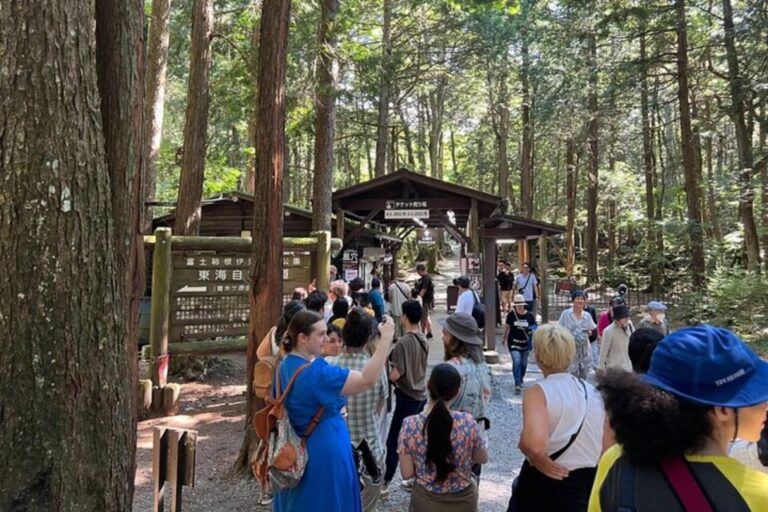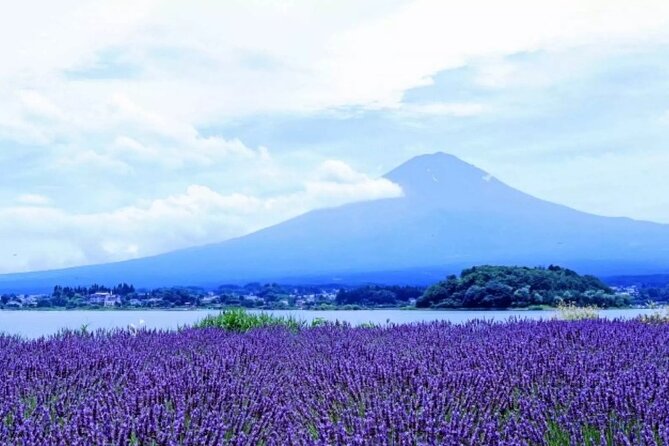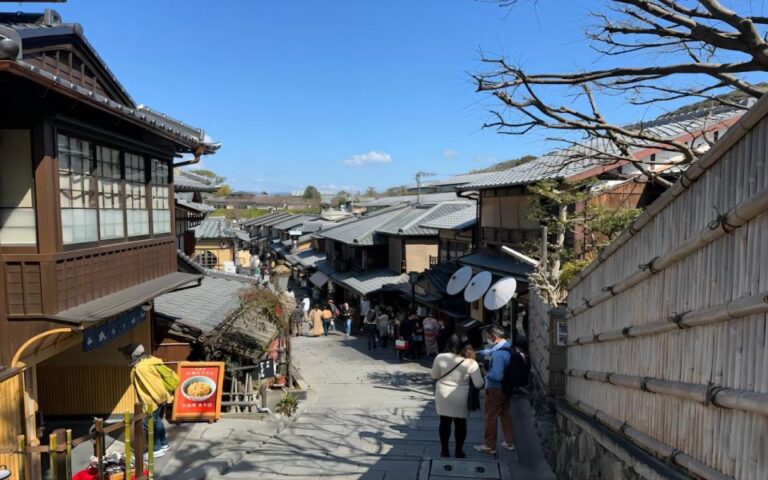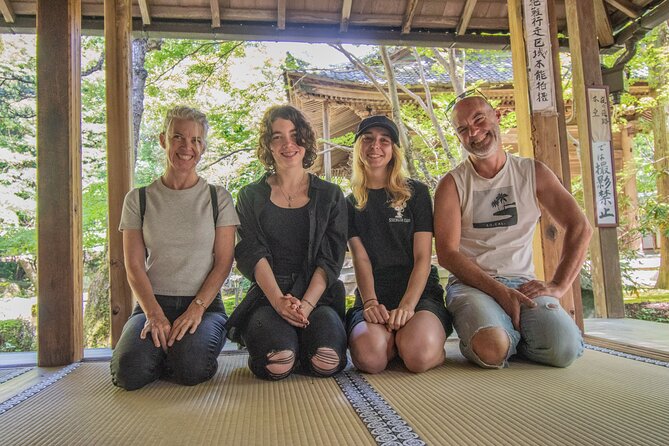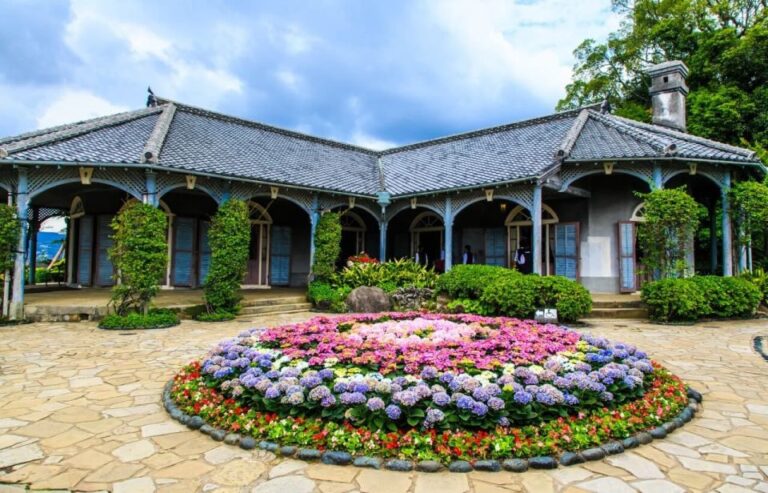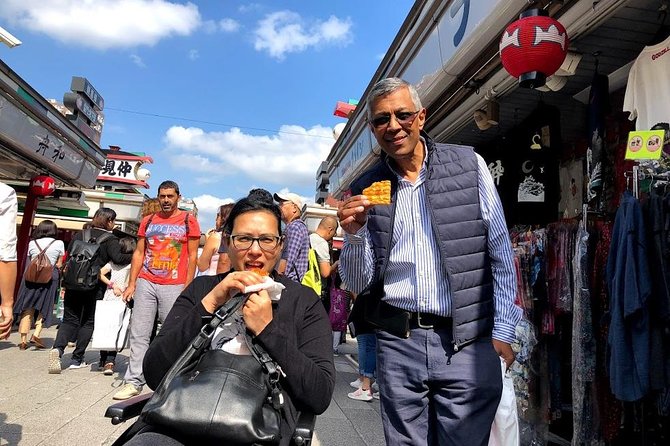Japanese Sample Food Making Experience
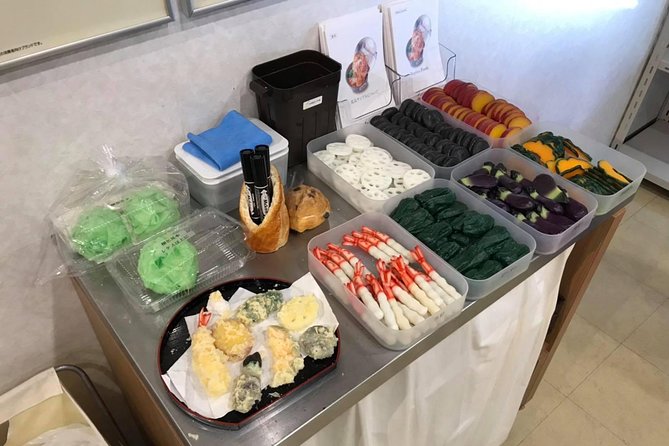
Have you ever wondered how realistic-looking food samples are made in Japan?
The Japanese Sample Food Making Experience offers a hands-on opportunity to witness the intricate process behind creating these culinary replicas.
Participants not only get to craft their own fake food models but also gain insight into the history and artistry of this unique industry.
Join in to uncover the secrets of this fascinating craft and experience a culture like no other.
More nearby cooking classses we've reviewed
Key Points
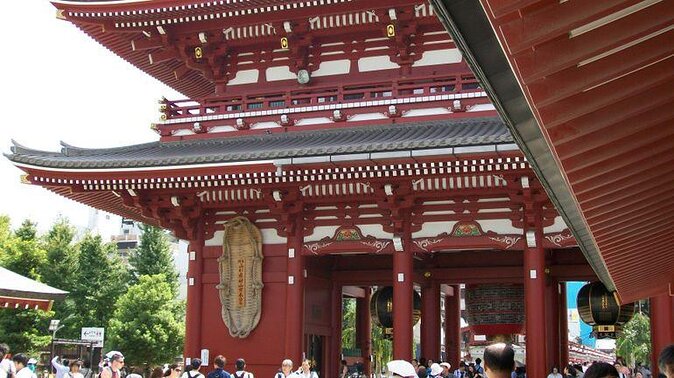
- Learn to make sample Japanese food models called Sampuru in a 3-hour workshop.
- Explore the history of fake food production in Japan, dating back to the 1930s.
- Experience hands-on crafting of plastic or wax food replicas, taking hours to a week.
- Enjoy a 5.0 rated tour with English-speaking guides, inclusive of samples, photo opportunities, and history insights.
It's also worth checking out some other tours and experiences nearby.
Experience Details

During the Japanese Sample Food Making Experience in Tokyo, participants can expect a 3-hour workshop led by an English-speaking instructor to create sample Japanese food models known as Sampuru.
The workshop techniques involve hands-on guidance to craft intricate fake food models made of plastic or wax, a practice that can take hours to complete. These models hold cultural significance as they showcase the artistry and attention to detail in Japanese cuisine presentation.
The history of fake food production, dating back to the 1930s by Takizo Iwasaki, adds depth to the experience. With a 60% market share in Japan and peak popularity in the 1950s, these models offer a unique insight into Japanese culinary traditions.
Sample Food Making
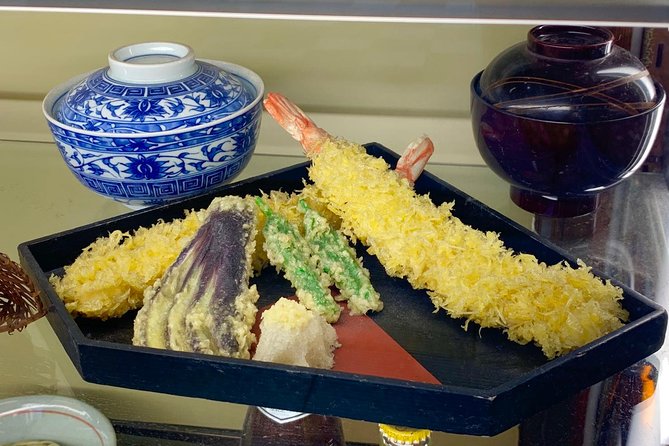
Participants in the Japanese Sample Food Making Experience in Tokyo engage in a hands-on workshop led by an English-speaking instructor to create intricate sample Japanese food models called Sampuru, crafted from plastic or wax. These models require meticulous crafting techniques and attention to detail, showcasing the artistic creations that can take hours to a week to complete. The history of fake food production, dating back to the 1930s by Takizo Iwasaki, reveals the evolution of this art form, which holds a 60% market share in Japan and peaked in popularity during the 1950s.
| Crafting Techniques | Artistic Creations |
|---|---|
| Meticulous attention to detail | Showcasing intricate designs |
| Patient and precise handwork | Reflecting the beauty of real dishes |
Tour Add-Ons
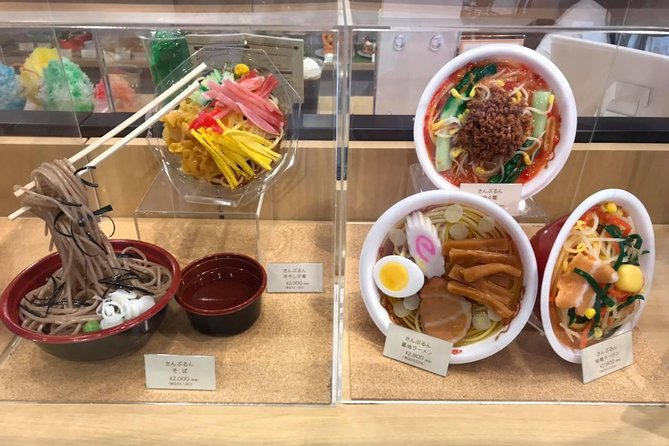
For an enhanced experience, visitors can opt to include a 4 or 6-hour private tour of Tokyo as part of the Japanese Sample Food Making Experience. This private tour allows guests to delve deeper into the culture and sights of Tokyo, offering a more comprehensive exploration alongside the food making workshop.
As an add-on, participants can enjoy a delicious tempura lunch at the oldest tempura restaurant in Japan, adding a culinary delight to their day of activities. The private tour provides a personalized touch, ensuring a tailored experience and the opportunity to see Tokyo’s highlights with the guidance of a knowledgeable local guide.
This addition complements the sample food making workshop, offering a well-rounded cultural and gastronomic adventure for visitors.
History of Fake Food Production
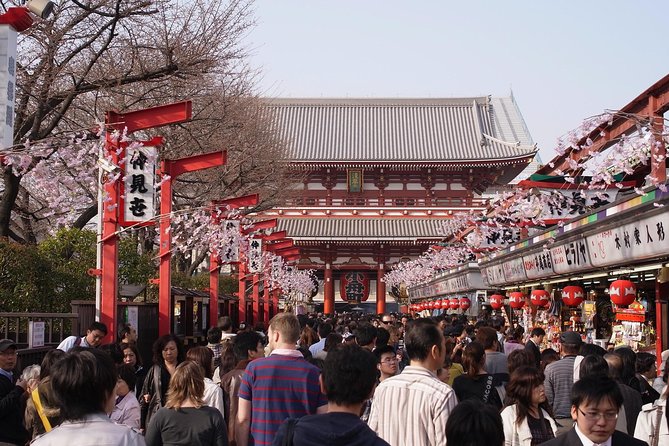
The history of fake food production in Japan traces back to the 1930s when Takizo Iwasaki pioneered the craft. Iwasaki played a significant role in establishing the foundation for this unique industry, which has since grown to encompass a wide market share in Japan, reaching approximately 60%.
Fake food models, known as Sampuru, crafted by hand using materials like plastic or wax, became particularly popular in the 1950s. Iwasaki’s early contributions and innovations laid the groundwork for the success and widespread adoption of this art form.
Today, fake food production continues to be a prominent aspect of Japanese culture, attracting both locals and travelers alike with its intricate and realistic designs.
Preparation and Cancellation
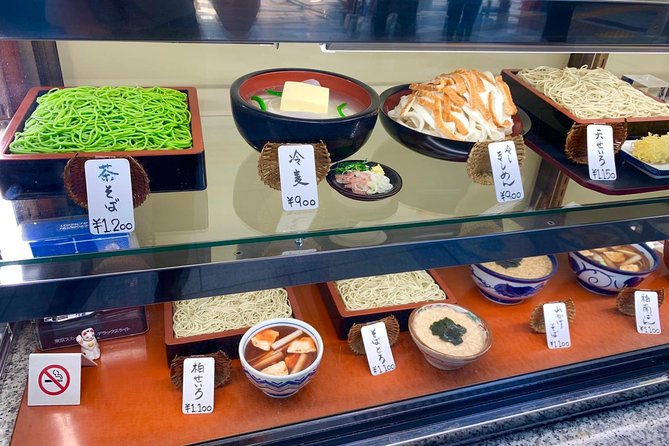
The experience places an emphasis on thorough preparation and adherence to cancellation policies to ensure a smooth operation for all participants.
- Book in Advance: It’s recommended to book the experience 3 months in advance.
- Service Fees: There may be a service fee for late cancellations.
- Late Arrivals: Participants are advised to arrive at least 10 minutes early to avoid disruptions.
- Non-Refundable: The experience is non-refundable once booked.
- Policy Enforcement: Strict enforcement of policies to maintain the quality of the experience.
Customer Reviews
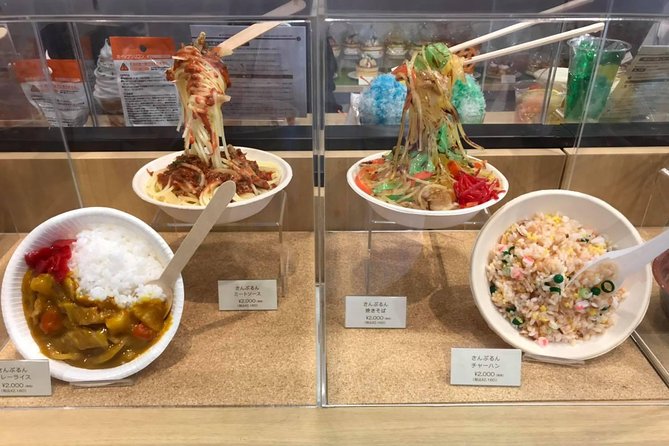
Based on 10 reviews, customers consistently rate the Japanese Sample Food Making Experience with a perfect 5.0 rating. The feedback highlights the excellent workshop techniques and the informative sessions provided by the instructors. Customers praised the hands-on experience of crafting sample Japanese food, known as Sampuru, and appreciated the attention to detail in creating fake food models. The tour guides were commended for their knowledge and engaging presentation of the history behind fake food production in Japan. The positive customer feedback reflects a high level of satisfaction with both the experience and the tour guides.
| Customer Reviews | Workshop Techniques |
|---|---|
| Perfect 5.0 rating | Hands-on experience |
| Excellent workshop techniques | Attention to detail |
| Informative sessions | Engaging presentation |
| High level of satisfaction | History of fake food production |
| Commendation for tour guides | Crafting of fake food models |
Location and Duration
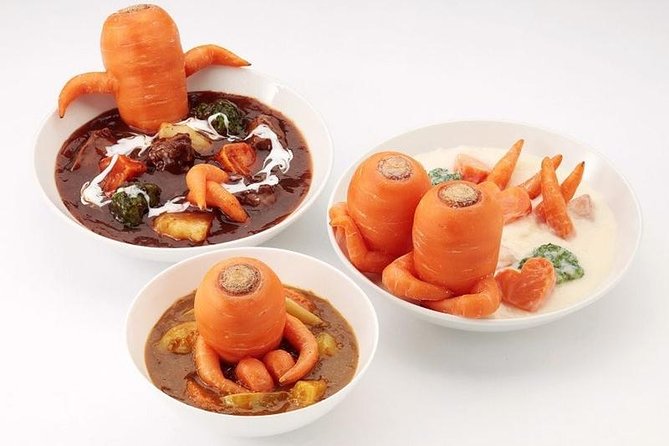
Moving on from the positive customer reviews of the Japanese Sample Food Making Experience, the location for this activity is in Tokyo, Japan, and it has a duration of 3 hours.
- Location: Tokyo, Japan
- Duration: 3 hours
- Accessibility: Wheelchairs and strollers accessible
- Meeting Point: APA Hotel Asakusa Tawaramachi Station Mae
- End Point: Same as meeting point
Participants will have the opportunity to engage in this unique experience in the bustling city of Tokyo, Japan. The duration of 3 hours allows for a comprehensive exploration of the art of making sample Japanese food. The accessible location and inclusive meeting point provide convenience for all attendees.
Pricing and Availability
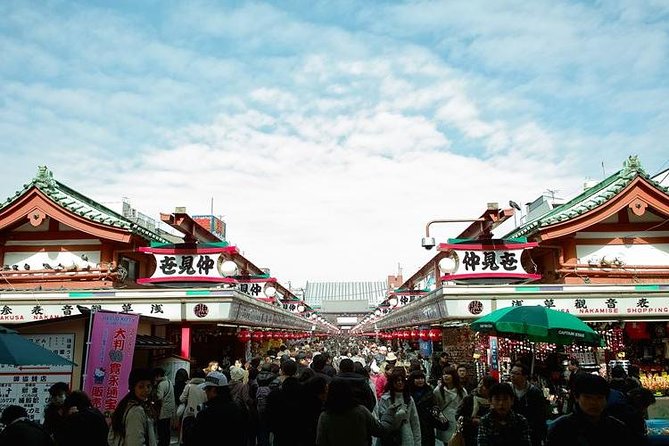
Availability for the Japanese Sample Food Making Experience can be checked for Tuesdays, Thursdays, and Sundays at 10:00 AM.
The pricing for this workshop, which involves learning workshop techniques to make fake food models known as Sampuru, starts at $101.14.
Participants can explore the history of fake food production that dates back to the 1930s and enjoy crafting these intricate models by hand, a process that can take hours to a week.
The cost for creating these plastic or wax food replicas can range up to $500 USD or 55,000 JPY.
This unique experience offers a glimpse into the artistry behind Japan’s famed fake food industry, which holds a significant market share and traces its origins to Takizo Iwasaki in the early 20th century.
Frequently Asked Questions
Can Participants Take Home the Fake Food Models They Make During the Workshop?
Yes, participants can take home the fake food models they make during the workshop as workshop souvenirs, crafting memories. These take-home creations serve as artistic keepsakes, allowing individuals to cherish and remember the experience.
Are There Any Age Restrictions for Participating in the Sample Food Making Workshop?
Age restrictions apply, and supervision requirements are in place for the sample food making workshop. Participants aged 7 and up can join. A maximum group size of 15 ensures adequate supervision during this hands-on experience crafting fake food models.
Is There an Option to Purchase Additional Fake Food Models or Supplies During the Experience?
During the experience, participants have the option to purchase additional fake food models or supplies. The workshop offers craft materials for sale, providing opportunities for additional purchases to enhance the learning and creative process.
Are There Any Specific Safety Precautions to Be Aware of When Working With Materials Like Plastic or Wax During the Workshop?
When working with materials like plastic or wax during the workshop, it’s crucial to follow safety precautions. Proper handling of these materials is essential to avoid accidents. Participants should be aware of potential hazards and use protective gear.
Can Participants Request Customization or Specific Designs for the Fake Food Models They Create?
Participants can request customization and specific designs for the fake food models they create. Options include personalizing colors, shapes, and details. Instructors guide the process, ensuring participants achieve their design preferences during the sample food making experience.
Recap
To sum it up, the Japanese Sample Food Making Experience offers a hands-on opportunity to explore the art of creating lifelike food models in Tokyo.
With English-speaking instructors, accessibility for all, and a rich history behind fake food production, this immersive workshop is suitable for participants aged 7 and up.
Uncover the secrets behind these intricately designed culinary replicas and learn about the vibrant culture of Japan on this unforgettable culinary journey.

